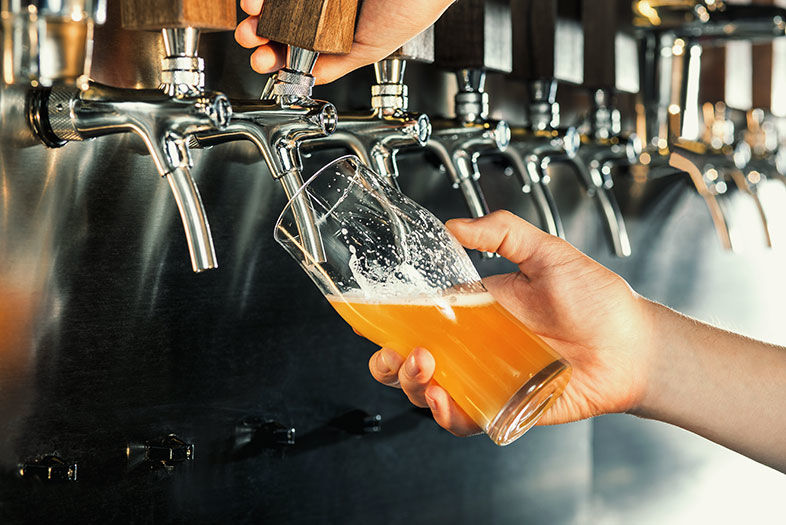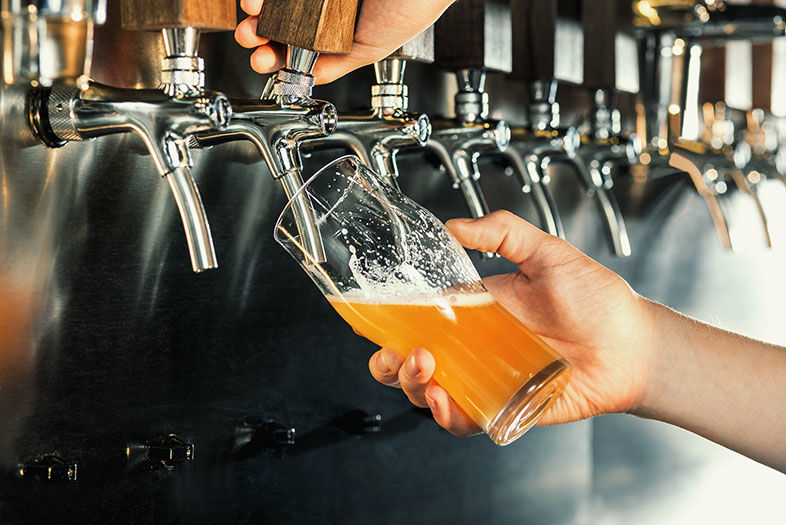The craft beer industry in 2017 was about as confusing as Bitcoin. Breweries closed, breweries opened. Should we buy or sell? “There’s some contradictory stuff going on,” says Bart Watson, of the Boulder, Colorado–based Brewers Association, which keeps tabs on the industry nationwide.
By nearly every measure, the industry is growing, but new breweries are opening faster than the demand for them. Over the past five years, California has gained breweries at a steady clip of two per week with next to zero closures. “I think we’ll see the pace of openings slow down and more breweries closing their doors,” says Tom McCormick, executive director of the California Craft Brewers Association, a lobbying organization in Sacramento. “The growth rate we were seeing wasn’t sustainable. It just couldn’t last.”
A lot of people may not realize—or like to admit—that the craft beer capital of America was a relative latecomer to the game. Our local scene followed on the heels of Northern California’s, and for years San Diego County had only a couple of craft breweries to speak of. When it took off a few decades ago, it took off like a rocket, outpacing growth everywhere else in the state. “It was much more compressed,” McCormick says. “We’re starting to see the stabilization more noticeably here now. There comes a point where the competition gets more difficult as you get more brands competing for the same number of consumers.”
Opening a brewery in San Diego today requires more than yeast, malt, and loads of hops. “You have to differentiate in a way you didn’t have to five or 10 years ago and find a way to appeal to a local audience in a niche that isn’t already filled,” Watson says. Today, that often means being smaller, more narrowly focused—and more local—than ever. In that vein, many recent upstarts are tiny breweries with attached tasting rooms. “Local used to mean state. Then it meant city. Now it’s your neighborhood or your block.”

PARTNER CONTENT
Is It a Bad Time to Open a Brewery in San Diego?












